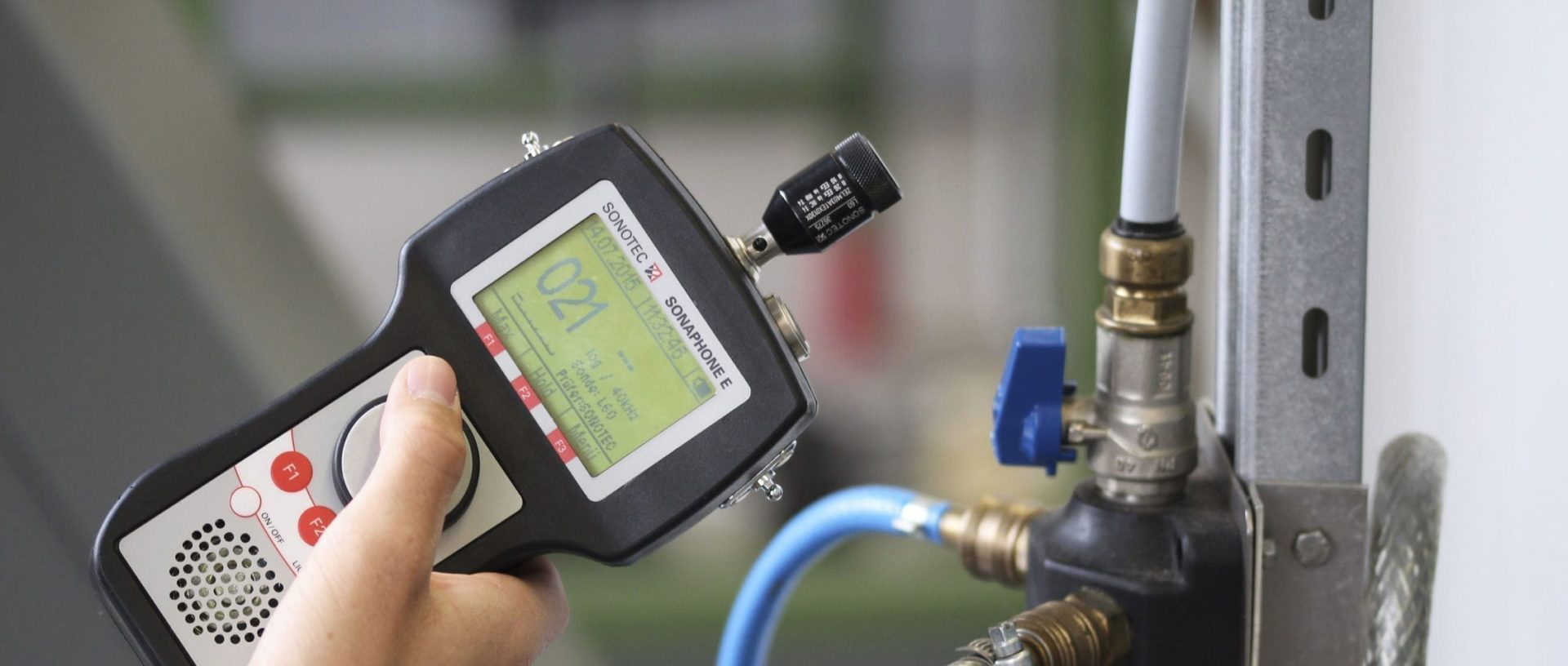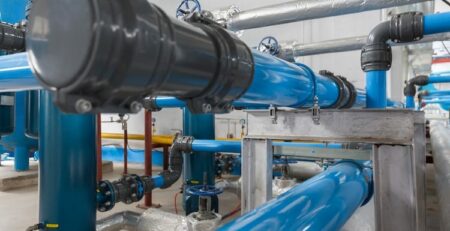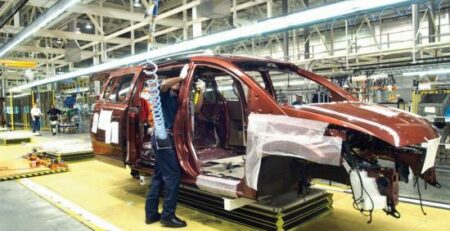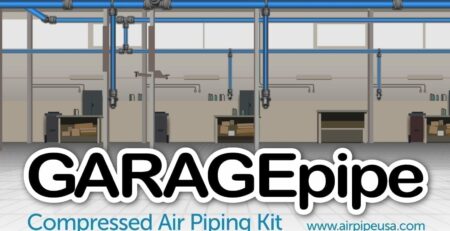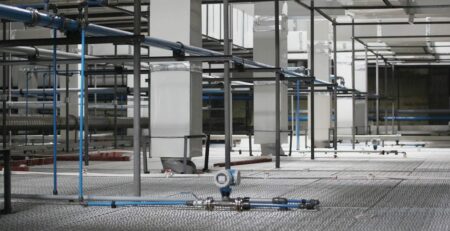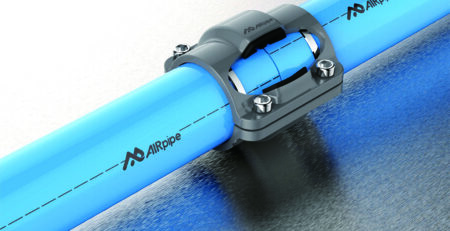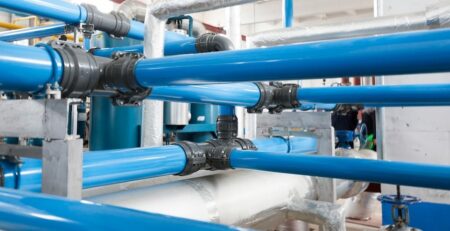Do You Think You Have a Compressed Air Leak?
If you suspect that air leakage is negatively affecting your compressor, you need to take immediate action to correct the issue. Leakage is a more significant problem than many people realize; the smallest unintentional leak can lead to poor performance and wasted energy within your system.
To keep your compressor operating as efficiently as possible, learn to detect and repair compressed air leaks using the following time-tested methods.
Leak Detection Methods
The two most common leak detection methods utilize either an ultrasonic leak detector or a paintbrush.
- Ultrasonic Leak Detector – This device can accurately identify the high-frequency hissing sounds that are produced when air escapes from the compressor. Ultrasonic leak detectors use various sound waves to determine the origin of any leak, and then tag and map the discovered leaks so you can quickly attend to the problem. These acoustic air leak detectors are simple, yet highly effective, and are great assets for facilities with compressors.
- Paintbrush – Don’t have an ultrasonic leak detector? You can also use any run-of-the-mill paintbrush to check for air leaks. Dip the paintbrush into a soapy water solution, then brush over any questionable areas in your system; if a leak is present, you will notice a soap bubble form over those areas. The paintbrush is not as accurate as the ultrasonic detector—and consumes more time—but this method can detect most air leaks.
Fixing Leaks
Once the locations of the air leaks are determined, you can start correcting the problems. Many leaks can be fixed by tightening loose connectors or replacing damaged components in the system. To ensure the most reliable result possible, always use genuine OEM parts to replace any faulty parts.
You can also elect to lower the rate of air flow in your system, which will reduce the system’s pressure and minimize your air leakage rate.

